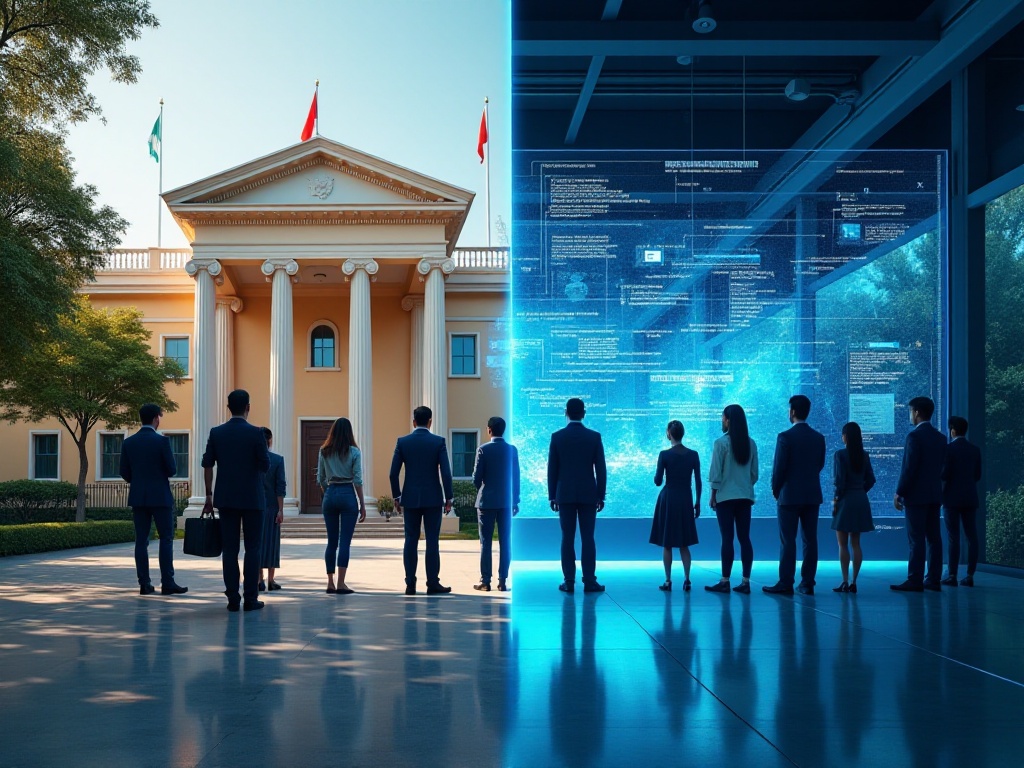Recently, many of my friends have been asking me about US visa applications, as everyone wants to visit America. As someone who has applied for multiple visas, I deeply understand the ins and outs of the US visa application process. Today, I'd like to share my experiences about US visas to help you avoid common pitfalls.
Many people find visas mysterious, but they're simply like a pass. Just as you'd notify a friend before visiting their home, a visa is an official permission from a country saying, "Welcome to visit!"
The US has many types of visas, like a huge buffet with various options. Today, we'll focus on the B1/B2 visa, which is the most common and practical type. B1 is for business visits, while B2 is for tourism. Usually, you'll get a combination of both, known as a B1/B2 visa. It's like getting a phone with a charger included - you can use both!

The scope of a B1/B2 visa is quite interesting. It's like an all-access pass to America, though with some limitations.
Imagine standing in Times Square, experiencing the bustle of the world's financial center, watching giant LED billboards flash overhead, and smelling hot dogs from street vendors. Or taking photos with Mickey Mouse at Disneyland, riding thrilling roller coasters at Universal Studios, and finding your favorite stars' handprints on Hollywood Boulevard.
For business travelers, you can attend various business meetings and meet partners face-to-face, which is great for expanding your business. Want to visit your cousin studying in America or a close friend working there? No problem! You can even get a medical checkup at famous hospitals or attend a friend's wedding.
However, this visa has its "restricted areas" - like red zones in a game. For instance, you can't formally enroll in American universities - that requires a student visa. Looking for part-time work? That's not allowed - you need a work visa. Want to work as a journalist? That requires a separate journalist visa.
These rules make sense, just like how every tourist attraction has its own regulations. You wouldn't use an amusement park ticket to work in their kitchen, right?
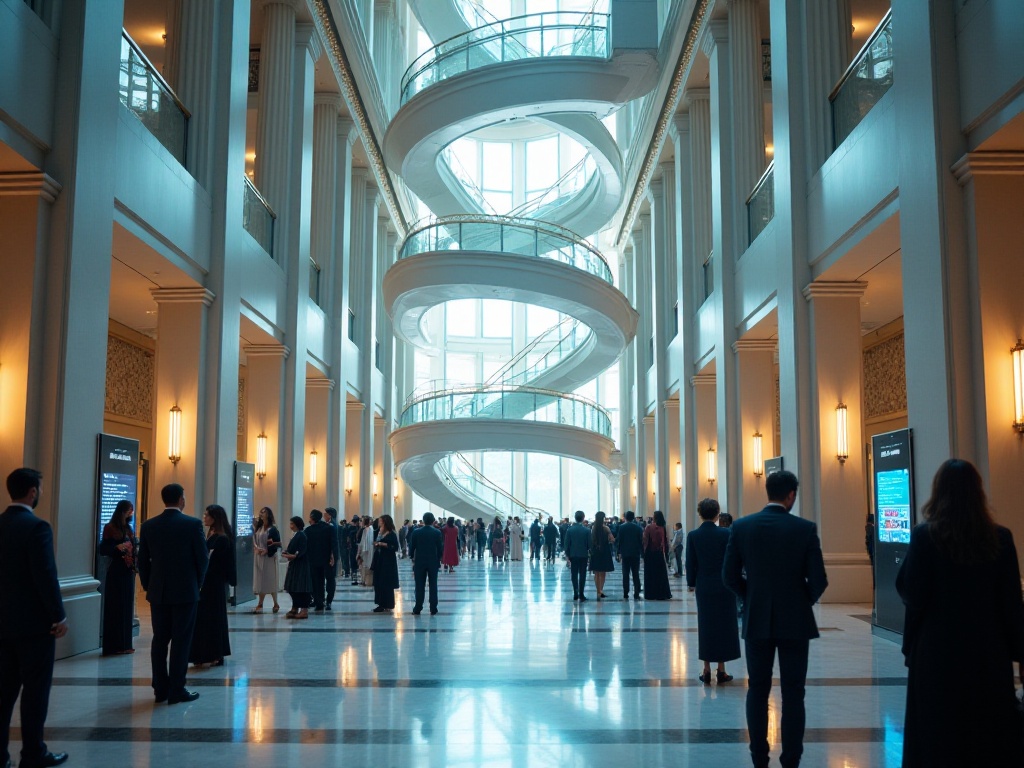
Applying for a US visa is like playing a video game with multiple levels. While there seem to be many stages, it's not that difficult once you know the tricks.
First, determine what type of visa you need. Although B1/B2 is the most common choice, ask yourself: what am I going to do in America? For example, if you're attending a three-day business conference and then touring for a few days, B1/B2 is perfect. But if you plan to take language classes, you'll need to consider other visa types.
Document preparation is perhaps the most tedious part of the application process. First is your passport, which must have sufficient validity - preferably at least one year remaining. Then there's the photo, which isn't just any ID photo. US visa photos have strict requirements: pure white background, no glasses, natural expression, correct head position. I recommend going to a professional photo studio and specifically asking for US visa photos - they know what to do.
Then there's the DS-160 form, which is a major undertaking. It's like a detailed personal resume, covering everything from basic information to education history, work situation to travel history. My advice is to fill it out slowly when you have stable internet connection. It's best to have your passport, resume, recent travel records, and other materials ready to make the process smoother.
Regarding proof of income, this is crucial. US consulates want to see that you have stable financial resources and won't become a burden in America. Salary statements, bank statements, and property certificates can all be prepared. Remember, it's not about quantity but quality - everything must be genuine and reliable.
Travel plans are also important. You need to convince the visa officer that you're genuinely traveling for tourism or business. Have a rough plan of which cities you'll visit, where you'll stay, and what attractions you'll see. It's like telling your boss your plans when requesting leave - they need to know what you're doing.
The interview stage is the most challenging, like a job interview that makes people nervous. However, those who've been through it know it's not as scary as imagined.
There are quite a few things to note on interview day. First is attire - it doesn't need to be super formal, but should be neat and proper, giving a reliable impression. Just like a job interview, you wouldn't wear flip-flops and shorts, right?
Being on time is important - arrive half an hour early. Bring all materials, including appointment confirmation, DS-160 confirmation page, passport, and other necessities. Organize materials in order so you can quickly retrieve them when needed.
When the visa officer asks questions, answer in simple and clear language. Remember, they interview many people daily and don't have time for long stories. If asked about your purpose in America, simply say "touring New York and Los Angeles" - no need for elaborate details.
The key is proving your strong ties to your home country. For example, you have a stable job with regular income, family living at home, mortgage payments to make, important projects at work, etc. These are all good proof.
Speaking of waiting time, it truly tests one's patience. It's like waiting for a bus - the schedule says every 5 minutes, but it feels much longer when you're waiting.
Different consulates have varying wait times. Beijing Embassy might require several months for an interview appointment, while other locations might be faster. These wait times aren't fixed and often change.
Getting your passport back is also unpredictable. Some might receive it the next day, others might wait over a week. This period really tests one's patience, but worrying won't help - what's meant to come will come.
Through years of helping friends apply for visas, I've gathered many insights. The most important point is: honesty is paramount.
Some people think they should fabricate impressive stories, like making themselves appear extremely wealthy or accomplished. This actually makes it easier to get caught. Visa officers are experienced and can quickly spot truth from fiction. It's better to be honest.
Document preparation requires strategy. It's not about quantity but relevance. For example, if you're an employee, salary statements and employment certificates are key; if you're a business owner, business licenses and tax records are more important. Prepare appropriate materials based on your actual situation.
Performance during the interview is also crucial. Many people like to memorize scripts but forget everything when nervous. This isn't necessary - treat the interview like a casual conversation. Just answer the visa officer's questions truthfully. This appears more natural and is more likely to gain the officer's trust.
Remember, visa officers interview many people daily, and their main concern is whether you'll return on time. Therefore, focus on showing your stability in your home country. For example, having a stable job with steady income, family at home, mortgage payments, etc. These are all good proof.
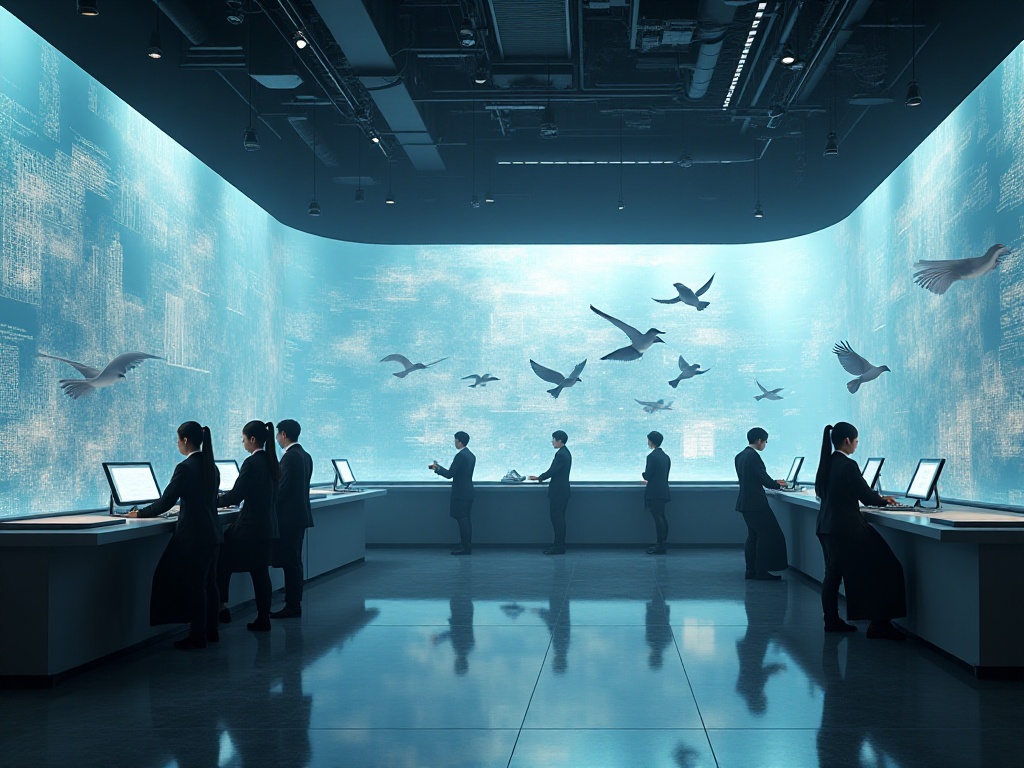
There are some details to note during the application process. For example, use Google Chrome when filling out DS-160 to avoid technical issues. Remember to save frequently as the system might disconnect suddenly.
It's recommended to schedule morning interviews as there are usually fewer people and shorter wait times. Bring water on interview day as you might wait a while.
Don't worry too much if your English isn't great. Most visa officers can understand basic English. If necessary, you can request an interpreter. Just make sure to mention this need in advance so the embassy can make arrangements.
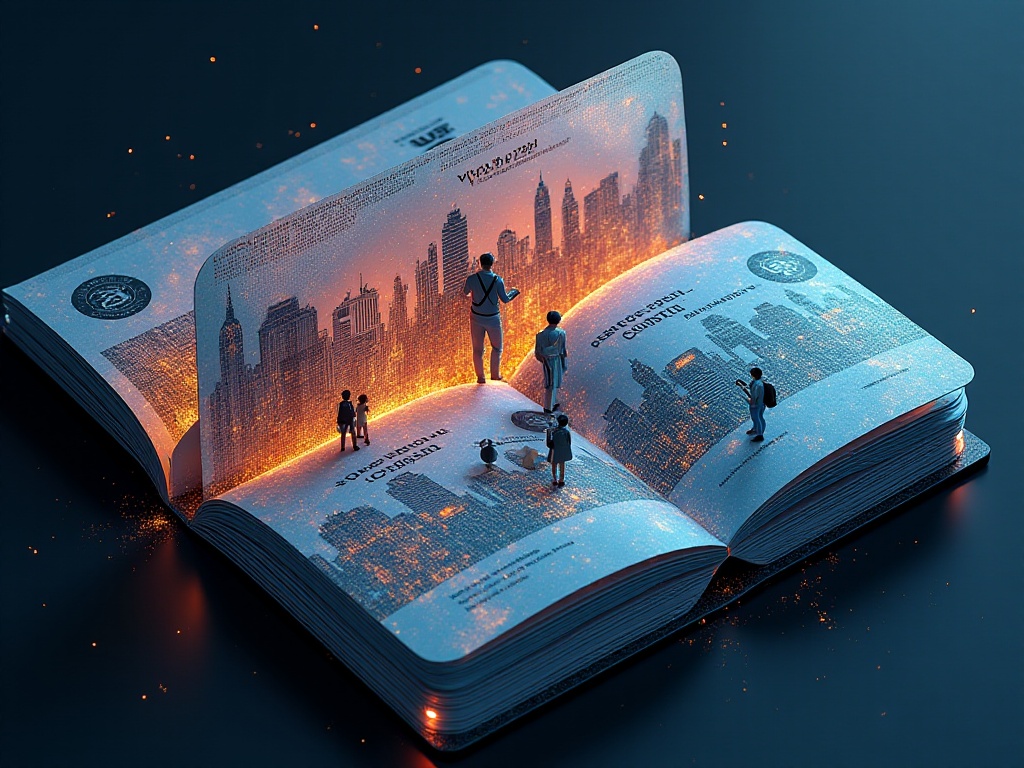
After getting your visa, don't celebrate too early - there are still things to note. First, check the validity period. B1/B2 visas are usually valid for 10 years, but there can be exceptions.
Second is the duration of each stay. Although the visa might be valid for 10 years, each entry has a limited stay, usually not exceeding 6 months. The specific duration depends on the immigration officer's decision at entry.
Finally, take good care of your visa page. It's valuable, and losing or damaging it is troublesome. Consider taking photos or scanning it as backup.
Applying for a US visa is indeed a process that needs to be taken seriously, but don't be too nervous. With thorough preparation and natural presentation, the chances of success are quite high.
Remember, there's no "universal formula" for visa applications - everyone's situation is unique. The key is preparing appropriate materials based on your actual situation and presenting your authentic self.
I hope this guide helps you better understand the US visa application process and avoid some detours. May everyone successfully obtain their visa and realize their American dream!
 Previous
Previous
